Life
Sign up for our newsletter
We summarize the week's scientific breakthroughs every Thursday.
-
 Animals
AnimalsClimate change now bigger menace than forest loss for snowshoe hares
Shorter snow seasons push climate change ahead of direct habitat loss as menace for Wisconsin snowshoe hares.
By Susan Milius -
 Animals
AnimalsAncient arachnid was almost a spider
A newly discovered ancient arachnid might offer clues on spider origins.
-
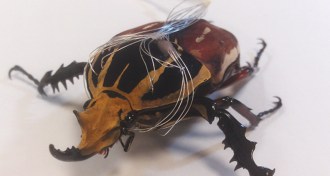
-

-
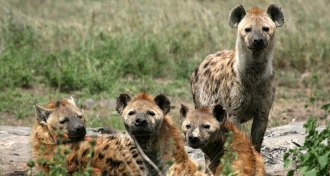 Animals
AnimalsWhy some male hyenas leave and others are content to stay home
Having access to enough females, and a mom to help, can keep a male hyena from leaving his clan.
-
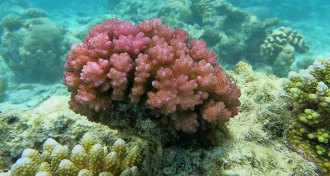
-
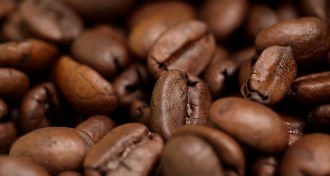 Microbes
MicrobesDiverse yeasts make their home on coffee and cacao beans
Yeasts in coffee and cacao are shaped by geography and human migration, genetic analysis finds.
-
 Genetics
GeneticsScientists build minimum-genome bacterium
Minimal genome organism reveals how much scientists don’t know about biology.
-
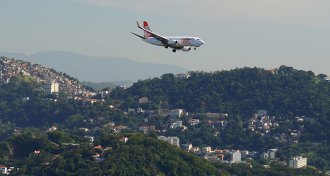 Genetics
GeneticsZika may have flown to Brazil in 2013
The brand of Zika currently floating around the Americas traces its origins to Asia and may have arrived in Brazil by air as early as 2013.
-
 Animals
AnimalsUnknown species hide among Texas cave crickets
A study of population structure among a genus of cave crickets reveals that new species are waiting to be discovered.
-
 Life
LifeRacing for answers on Zika
In the latest issue of Science News, Editor in Chief Eva Emerson talks Zika virus, microbes, nutrition and mental health.
By Eva Emerson -
 Animals
AnimalsIt’s an herbivore-kill-herbivore world
Female prairie dogs killing babies of another species might keep competitors off the grass.
By Susan Milius